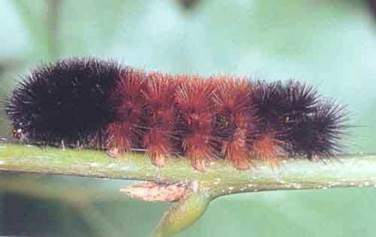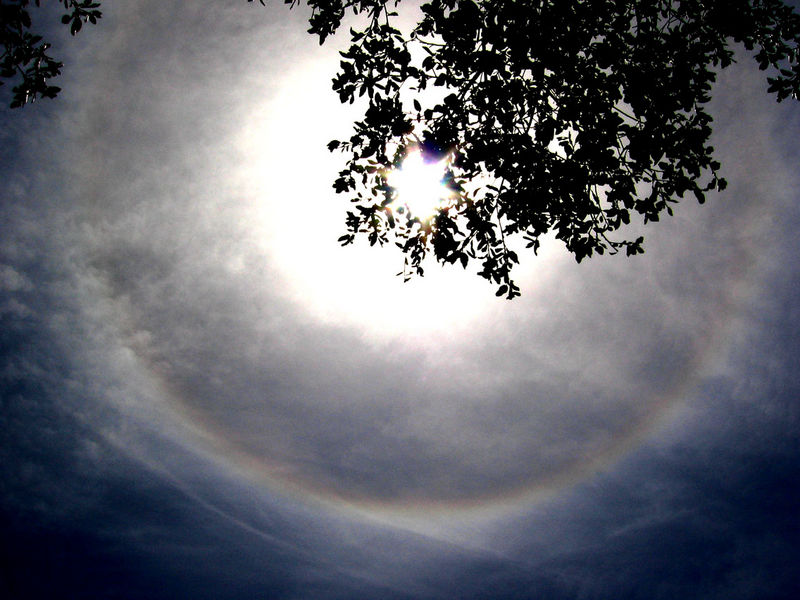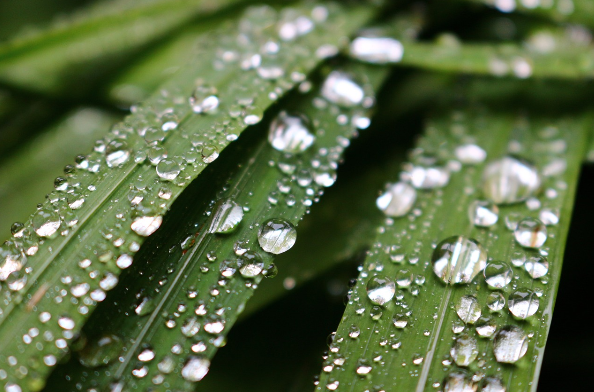Weather Folklore – Facts or Fiction?
Weather folklore has been passed down throughout centuries, but many people often wonder if there is any truth behind these sayings. Some meteorological legends actually do have scientific reasoning to them and others are passed down for fun. Below are some explanations behind some of the more common weather folklore sayings.
Red sky at night, sailor’s delight. Red sky in morning, sailors take warning. This phrase does have some scientific meaning behind it. When the sun is setting, light passes through a thicker part of the atmosphere compared to when the sun is directly overhead during the middle of the day. As the sun nears the horizon, it passes through more air and dust molecules that are in the atmosphere, which scatter more of the blue wavelengths of light away. If the sky is clear, this results in more red and orange wavelengths making it through the atmosphere to our eyes. Since the sun sets in the west, having a clear sky in that direction typically (but not always) means that calm weather will be in store for the next day.
A fiery sunset can be good news for those hoping for clear skies the next day. Photo from NOAA.
Does the stripe on the back of a woolly caterpillar indicate the severity of the upcoming winter? This legend has been popular amongst those living in New England and the Midwest for quite some time. The markings on a woolly bear caterpillar supposedly foretold the type of winter it was going to be, based on the size of the black stripe on its back. The legend stated that the longer the black bands were on the woolly bear, the snowier, colder, and more severe the winter would be. Similarly, the prediction of a more mild winter followed if there were a larger number of brown bands in the middle stripe of the caterpillar. Unfortunately, there is nothing that proves the size of the stripes on these caterpillars are indicators of what the winter has in store. The size of the stripes depends partly on age, so the banding can be an indicator of a caterpillar’s recent growth.
The stripes on a woolly bear caterpillar are more of an indication of the past conditions during growth, rather than the upcoming winter like the legend says. Photo from NOAA.
A halo around the sun or moon means rain or snow is coming soon. This phrase can often be a decent indicator as to whether or not precipitation is on its way. Halos are an optical phenomenon in the sky that are caused when light refracts off ice crystals in high cirrus clouds in the upper atmosphere. Water vapor in the atmosphere increases ahead of storms, so the formation of halos can sometimes be an indication that wet weather is approaching.
A halo around the sun forms as a result of sunlight interacting with tiny ice crystals. Photo from NOAA.
When dew is on the grass, rain will never come to pass. Dew often forms in the morning after a cool and clear night. These water droplets form on surfaces when the temperature dips below the dew point temperature. Although clear skies do not always follow a calm night, seeing dew in the morning can sometimes be a good indicator of what type of weather is on the way.
Dew forms as the result of a clear and cool night. Photo from NOAA.




